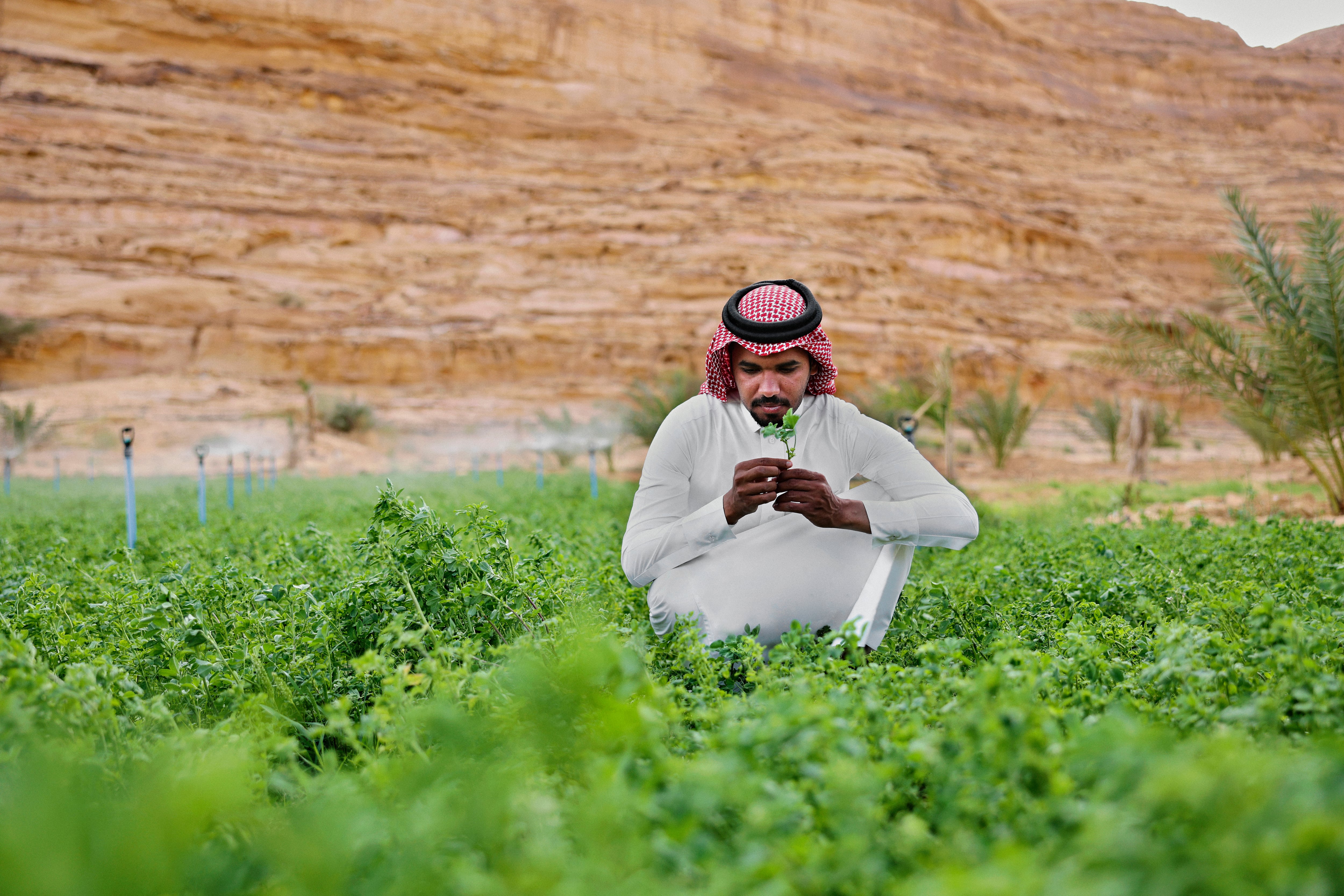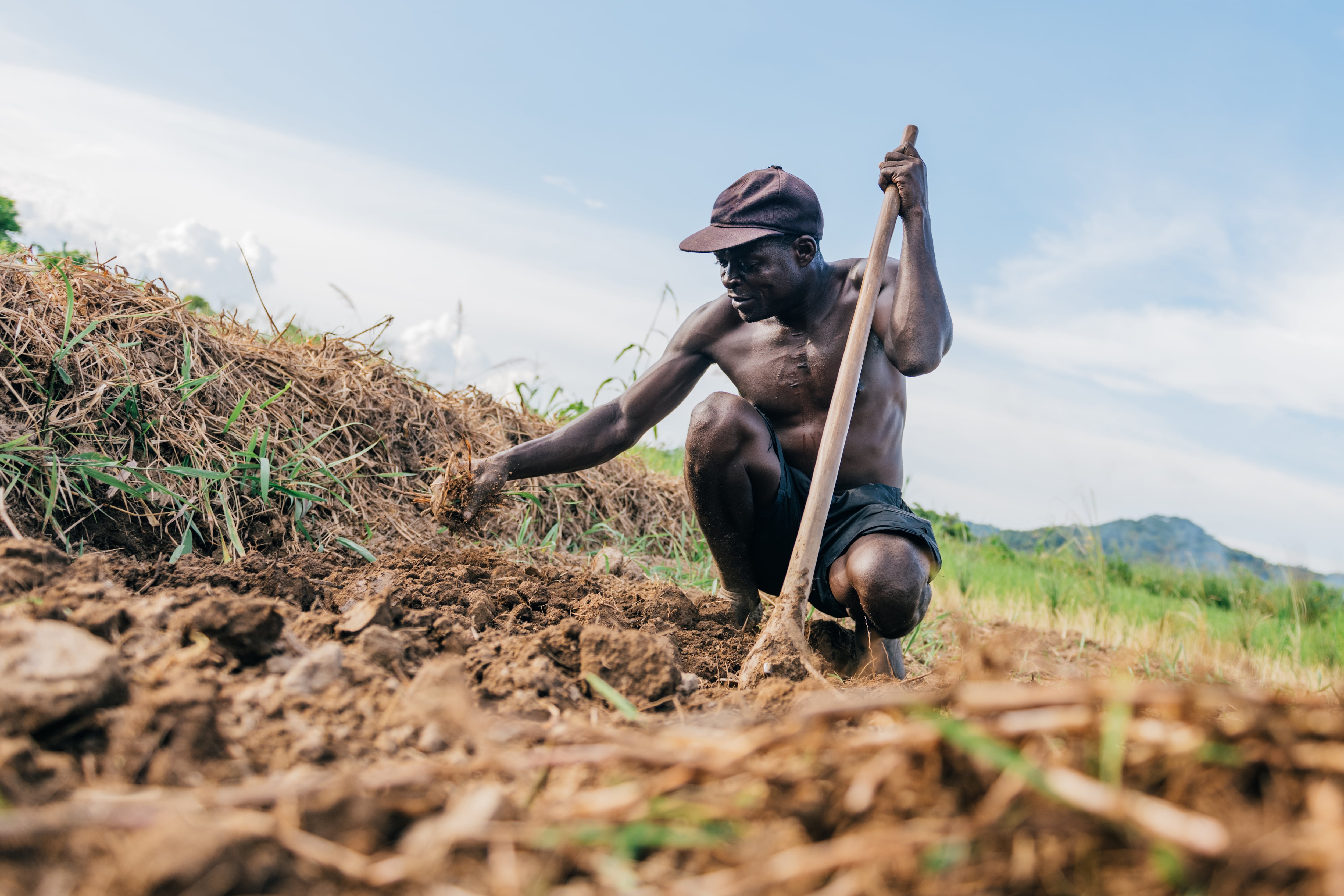Despite the promise of climate smart technologies to increase food production and improve rural development, adoption of agtech solutions has generally been slow across the Middle East, Africa, and South Asia.
The biggest and most obvious issue is cost. But there’s a myriad of issues at play, such as a lack of awareness about how to access and use this technology, according to Gerhard Adam, global food value chain partnership lead at Bayer Crop Science.
Speaking at the recent World Agri-Tech Innovation Summit in Dubai, he said there’s a lack of awareness about how to access and use this technology.
High costs and unclear return on investment (ROI) can mean smallholders are hesitant to invest in new technologies when the financial benefits are not immediately apparent. This is especially the case as lack of capital and limited access to credit prevent them from investing in new technologies.
Meanwhile, most smallholders across the Middle East, Africa, and South Asia are subsistence farmers who have traditionally provided for their families using local practices that have evolved over thousands of years. Now these farmers find themselves tasked with feeding growing urbanised populations whilst also contending with the impacts of climate change.
“A lot of great stuff is happening in the agtech sectors,” said Adam. “But these technologies are advanced and often they might disrupt the existing operation of farms. So, integration of this technology into the farming business where they’ve been running for many decades is a challenge.”
He continued: “This is where we as innovators and tech providers need to make sure that the technology is fitting organically with the farm operation because sometimes the disruption is too much, and they will resist those changes.”
Training and knowledge transfer is a key aspect of Bayer’s recently extended partnership with UAE-based agri-tech company Silal. This collaboration hopes to develop cutting-edge digital solutions – including digital farming, regenerative agriculture and gene edited seeds – specifically tailored for the region’s unique needs.
Collaboration with users vital
Governments around the world can help, to some extent, via targeted subsidies aimed at producing more while using less resources. But solutions must be designed in collaboration with the farmers, urged Akhlad Alabhar, founder of Egyptian AI and robotics company Egrobots.
“We should start by designing the solution first in cooperation with the farmers,” he said. “Usually, we technology guys design solutions then push it to farmers. This usually fails. What we’ve learned is that the solutions and designs most demanded by our users are the ones that have come from the farmers themselves.”
Business models can also be tweaked to fit the needs of farmers, he added. Robot as a service (RaaS), for example, allows companies to lease robots for a subscription fee. In China, communities are hiring companies to provide crop spraying drone services as a cost-effective solution for agricultural operations. The service model allows farmers to benefit from this technology without the need for significant upfront investment in equipment or training.
Pilot farms can also serve as living laboratories where smallholders can witness the practical application and benefits of agtech firsthand. Insurance, too, is becoming increasingly available to farmers for risk mitigation.
Gene editing breakthroughs will break adoption barriers
Gene editing technology offers even greater adoption possibilities, believes Shamal Mohammed, who heads up Silal’s r&d centre, Innovation Oasis.
“Advancement in genomics and gene editing and the integration of AI into this sort of technology can make a huge difference,” he said. “The adoption of this sort of technology is much easier. If we have a seed that is more resistant to drought, salinity and stress and that produces a high yield, that’s an easy way of making changes.”
In his view, as much as half of solutions to the region’s challenges will come from seed innovation. “This type of technology is much easier for farmers to adopt. They don’t need a new piece of kit or robotics. Sometimes we can oversell that technology.”
From ‘if’ to ‘how’
Adoption rates must move at the same pace as technological advancements, warned Roger Rabbat, a partner at Strategy&, part of PricewaterhouseCoopers. “The change in technology is very quick and it’s tricky how to make sure that the adoption is following that trend.” he told AgTechNavigator.
In the past year he says the discussion has shifted from ‘will’ smallholders adopt new technology to ‘how’ to support acceptance.
“Today we know that adoption will happen,” he said. “We are trying to tackle the barriers to make it happen faster.”





